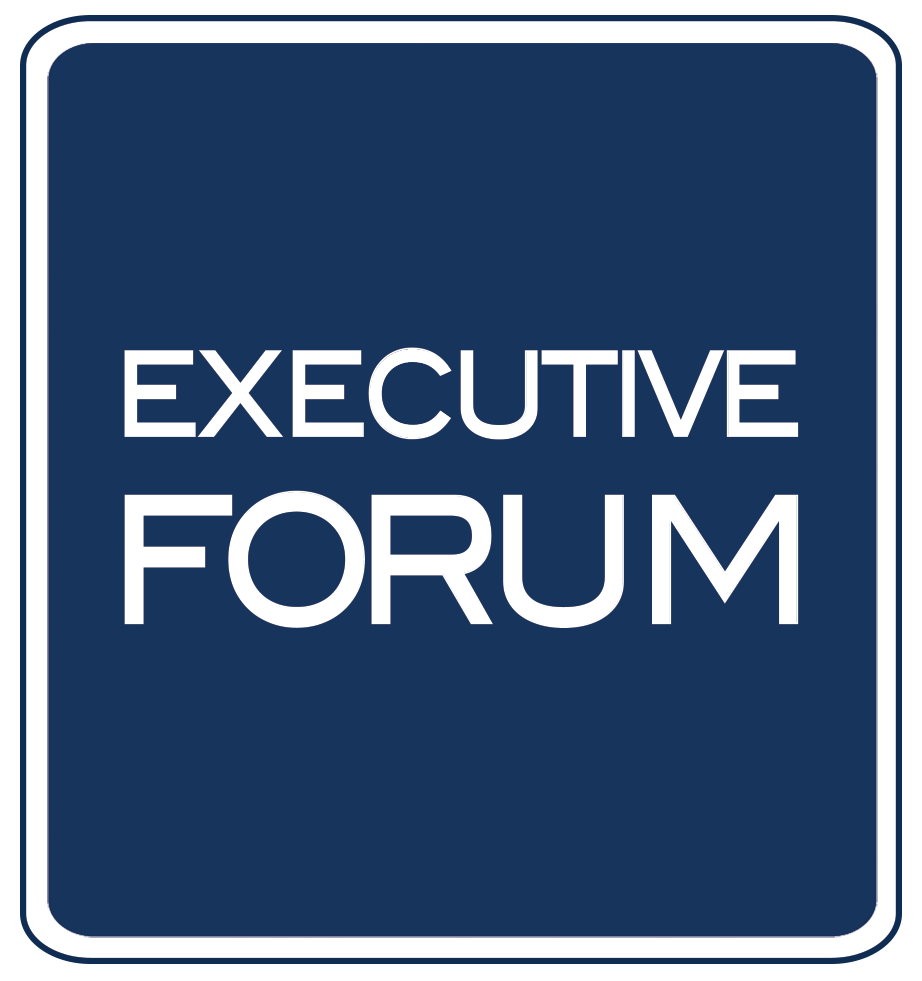
Budgeting season is always a tough time for leaders as they juggle maintaining business-as-usual while simultaneously trying to predict the future. The process can be exhausting with several rounds of revisions and the need to advocate for necessary resources. So, it’s understandable why, out of pure exhaustion, the column for employee development costs is often just copied and pasted from the previous year’s budget.
Many leaders probably see that as a win because that means they’re able to retain employee development resources. However, carrying over a budget line item arbitrarily means we’ve skipped an important step in the process—the employee development strategy.
In a previous role, I often received phone calls from managers requesting employee development or team-building services without a clear need. Instead they would say, “We need to do some kind of training, and we have a half-day available next week. What can you do?” Then, later in the year the more common request was, “I need to spend my training/development budget. What can we do for $5K?” The end result for both of those requests was a checked box for annual employee development requirement and a net zero for actual development.
Before defining the development budget, it’s crucial to build a strategic development plan.
First, take stock of the strengths and development areas in your team/organization. Conducting an organization-wide skills gap analysis is one of the most effective ways to utilize training budget strategically as you’re able to identify the most common development needs. A skills gap analysis may shed light on blind spots you hadn’t identified previously, especially if a neutral external consultant is brought in to conduct the evaluation. The result of an independent skills gap analysis often differs significantly from annual performance review rankings because managers are sensitive to ratings tied to compensation.
Next, compare the skills gap analysis to the organization’s strategic plans. In what ways will current development gaps be exacerbated by the future growth plans for the organization? For example, if the workforce struggles to adapt to change and new technology, yet there’s major initiative to go fully digital, then that skills gap becomes a major risk for the future. Evaluating the business goals/objectives and comparing them to the skills gap analysis can also be an impactful data-driven approach to advocating for more development budget.
After identifying the most pressing development needs that align to business objectives, it’s important to involve employees in the process. Survey employees by asking what they see as the development needs that limit their ability to be more impactful in their current role. Additionally, ask them to share what they perceive to be the development gaps between their current role and the next step on their career path. Both of these questions can provide insight into your employees’ basic needs while also creating buy-in for their involvement.
Once the data have been gathered, be sure to share the results with the organization in a way that inspires engagement and conveys accountability for development progress. Employees should hear that they are a valued and essential part of the organization’s plans — investing time and money strategically will enable both the organization and the employee to achieve their goals.
Finally, to ensure your training and development activities aren’t considered isolated events (i.e. checking the box), set development milestones, check-ins, and measurable goals that reinforce the importance of ongoing learning.
Investing in employee development has been shown to increase retention, engagement, and job satisfaction. Investing that money wisely in ways that accelerate development to achieve business objectives is always money well spent.
